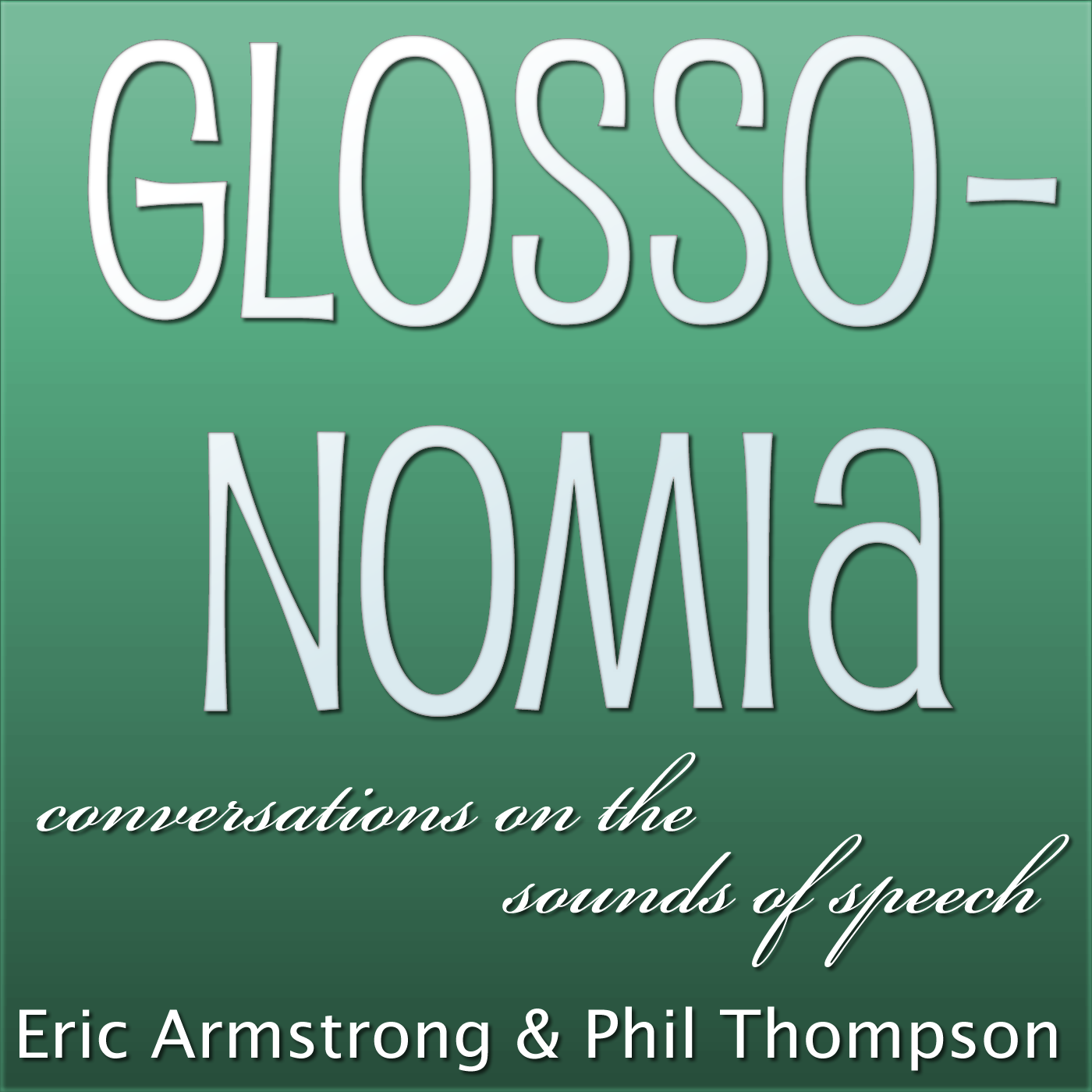Episode 14: s & z

So, zis iz eet! Our show about those two hissy consonants, /s/ and /z/. Phil and Eric chat their way through a discussion of sibilance, and spend a lot of time talking about so-called-gay-speech, and other aspects of what may be perceived as the continuum of masculinity/femininity in speakers, regardless of gender, sexual orientation or affectional preferences.
Show Notes:
Voiced/ Voiceless Apical/Laminal Alveolar Fricative (sibilant)
Formation
Either tongue tip up or down, narrowing behind the upper front teeth; groove down the center of the tongue; pulmonic air pressure
Sibilants, sibilance, hyper-sibilant, hypo-sibilant
Dentalization
Jaw thrust
How to explore/modify degree of sibilance
Garden Hose metaphor:
like putting your thumb over the end of the hose
adjust:
\u2022 the size of the hose (make the groove wider, relax your tongue)
\u2022 your thumb position (aim the air stream more/less at your teeth or gum ridge; explore laminal or apical articulation; check jaw position)
\u2022 turn the water down (less air pressure)
Story of teacher who told me to say "'even 'wan' 'wam 'wiftly and 'ilently".
Symbols s/z
Diacritics:
dental (subscript bridge: a little tooth-like staple shape)
apical (subscript turned bridge)
laminal (subscript box)
Symbol History:
Proto-semitic: bum shape; Phoenician shin: W; Etruscan S, angular 3 shape; Greek Sigma \u03a3;
The minuscule form of s was \u017f, called the long s, up to the fifteenth century or so, and the form 'S' was used then only as upper case, just like 'G' and 'A' were only upper case. With the introduction of printing, the modern form s began to be used at the end of words by some printers. Later, it was used everywhere and eventually spread to manuscript letters as well. For example, "sinfulness" would be rendered as "\u017finfulne\u017f\u017f" in all medieval hands, later it was "\u017finfulne\u017fs" in some blackletter hands and in print. The modern usage "sinfulness" didn't become widespread in print until the beginning of the 19th century, largely to prevent confusion of '\u017f' with the lower case f in typefaces which had a very short horizontal stroke in their lowercase 'f'. The ligature of \u017fs (or \u017fz) became the German ess-tsett, \xdf.
Occurrence
-s plurals: when ending is after a voiceless consonant, (or, arguably, at the end of an utterance)
-z plurals: when end is after a voiced consonant or a vowel
-es plurals: Words Ending in 'sh', 'ch', 's', 'x', and 'z'
Pathology: lisps
Laterial Lisp: substitutes voiceless \u026c and voiced \u026e for s and z
Interdental Lisp: substitutes voiceless \u03b8 and voiced \xf0 for s and z
Palatal Lisp: substitutes voiceless \xe7 and voiced \u029d for s and z
Whistle /s/: gopher from Winnie the Pooh
So-called-Gay-Lisp
Wikipedia: Two studies (Linville, 1998; Munson et al., 2006) did find that a subset of gay men produce /s/ distinctively; however, the way in which /s/ was pronounced\u2014with a high peak frequency and a highly negatively skewed spectrum\u2014made it more distinctive from other similar sounds, rather than less. That is, this was arguably a hyper-correct /s/.[5][6]
Rogers et al found that what people perceived as "gayer sounding" was longer duration /s/ and /z/ and higher peak frequencies for s,z. He also found that their vowels tended to be more "Distinct", that is, more spread out on the vowel chart.
Gender difference around /s/ pitch exercise
Korean /s/ tense and lax?
Dutch /s/
Sean Connery
RSC /s/